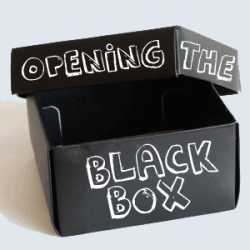 Laura Williamson Modern Languages Department
Laura Williamson Modern Languages Department
I recently observed a colleague in the Modern Languages department using a rather novel and fun way of assessing pupils’ knowledge. The activity, as the name suggests consists of a box that is passed around the room while music plays. The box is filled with sentences to translate, when the music stops the pupil holding the box must open the box and pick out a random sentence to translate. This activity works well because it is fun and the pupils do not realise they are practising their language work. It also helps the teacher avoid always picking the same pupils to answer whilst helping more shy pupils to be become more confident.
This is a great activity for revision and consolidation. The sentences can be of varying difficulty and tenses to suit all learners. The chosen phrase if translated unsuccessfully or answered incorrectly can then even be passed to other pupils, this promotes peer learning. This type of activity can be utilised in other subject areas by substituting the sentences with questions about specific topics.















